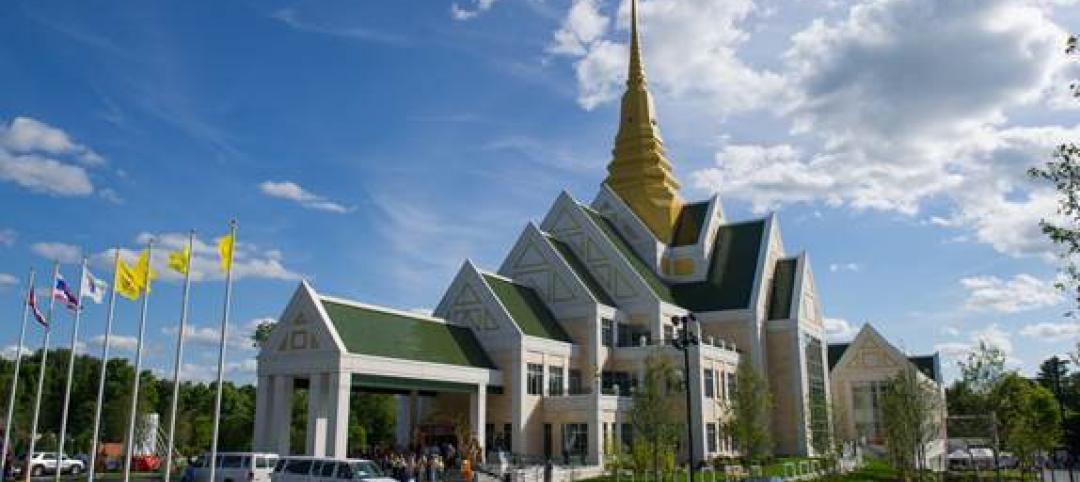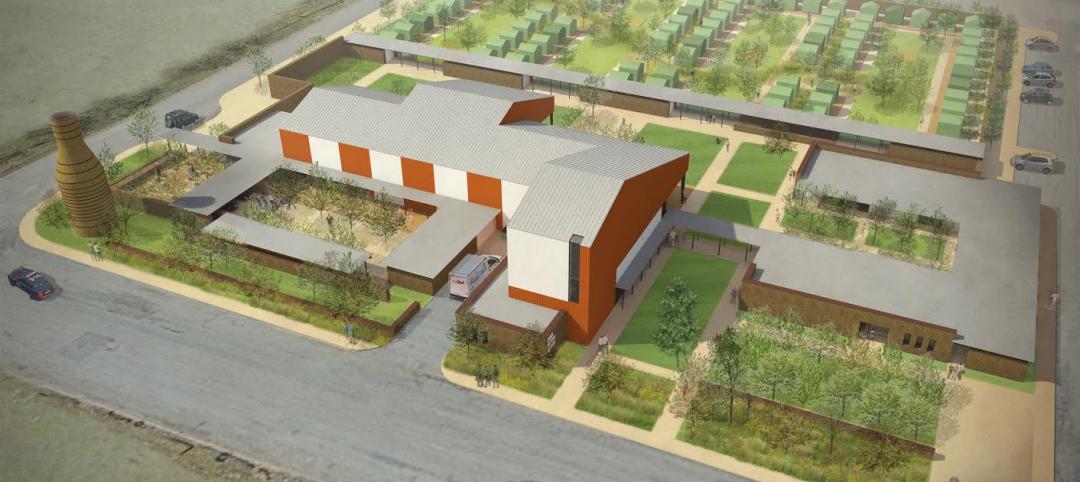A recent Gallup poll found that, for the first time in eight decades of surveying, the portion of U.S. adults belonging to a church, synagogue, or mosque fell below 50 percent in 2020. Membership, in fact, had been falling since the 1980s. And at under $3 billion in annual construction value, according to Census Bureau estimates, the Religious sector is often an afterthought in discussions about nonresidential building spending and trends.
Nevertheless, several projects that have come onto the scene recently illustrate how places of worship still strive to play vital community roles.
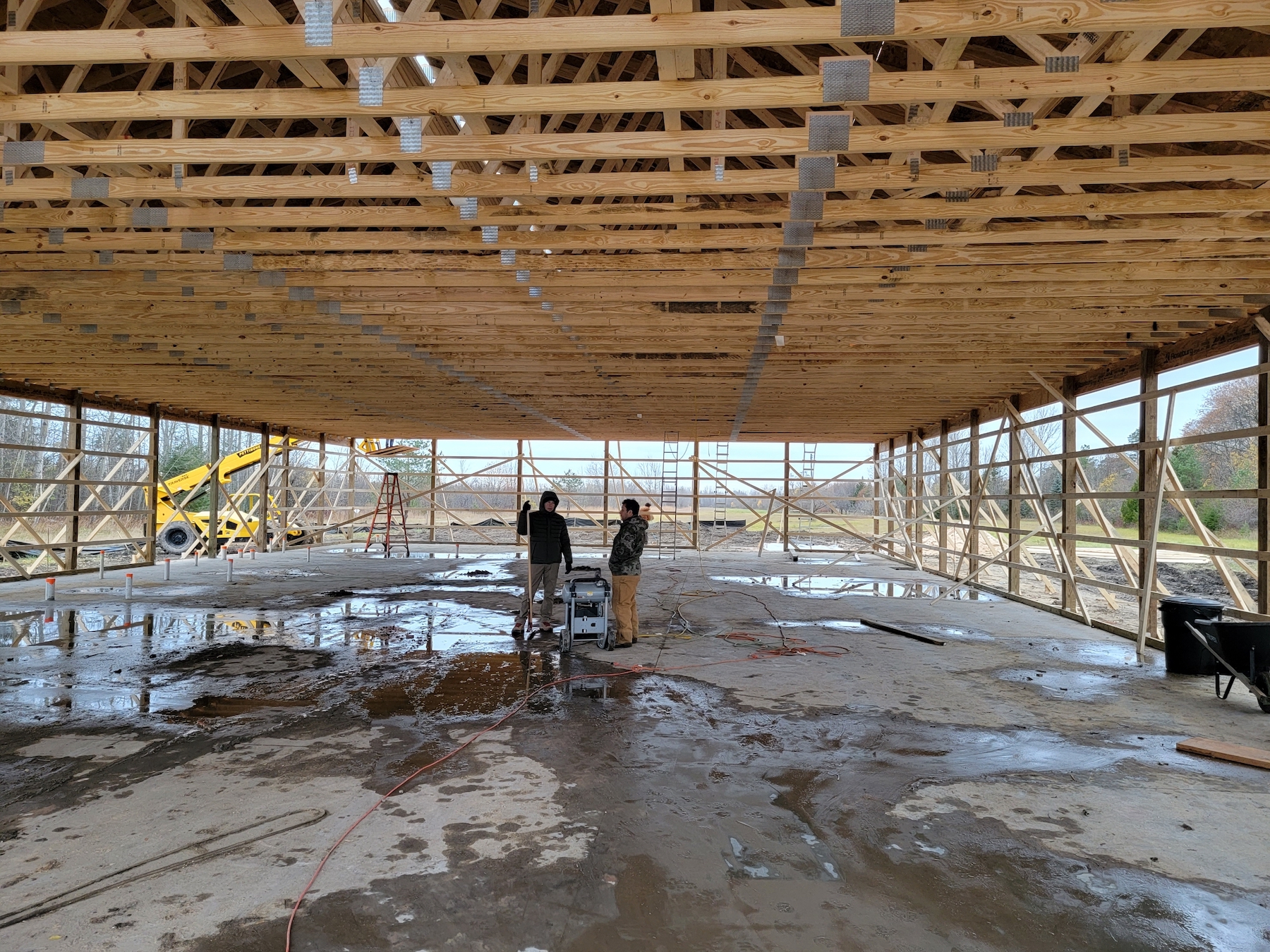
•In October, Cheboygan (Wis.) Compassionate Ministries and Cheboygan Church of the Nazarene broke ground on a 6,000-sf facility that will house a new church, a 1,200-sf soup kitchen, classrooms, two bathrooms, and a laundry. Fifteen years in the making, this center, which is scheduled to open next summer, sits on eight acres. A local architect, Richard Clements, is the designer, and Livonia, Mich.-based George Pastor & Sons General Contractors is the GC on this $500,000 project, which the Ministry and Church are paying for through fundraising. Ryan Pastor, the estimator and project manager, says the facility is being completed in three phases: currently, his firm is building the enclosure, after which church volunteers will step in during the winter months to install drywall, insulation, bathroom fixtures, and so forth. In late spring, the GC will return to install the building’s mechanicals and lay its parking lot.
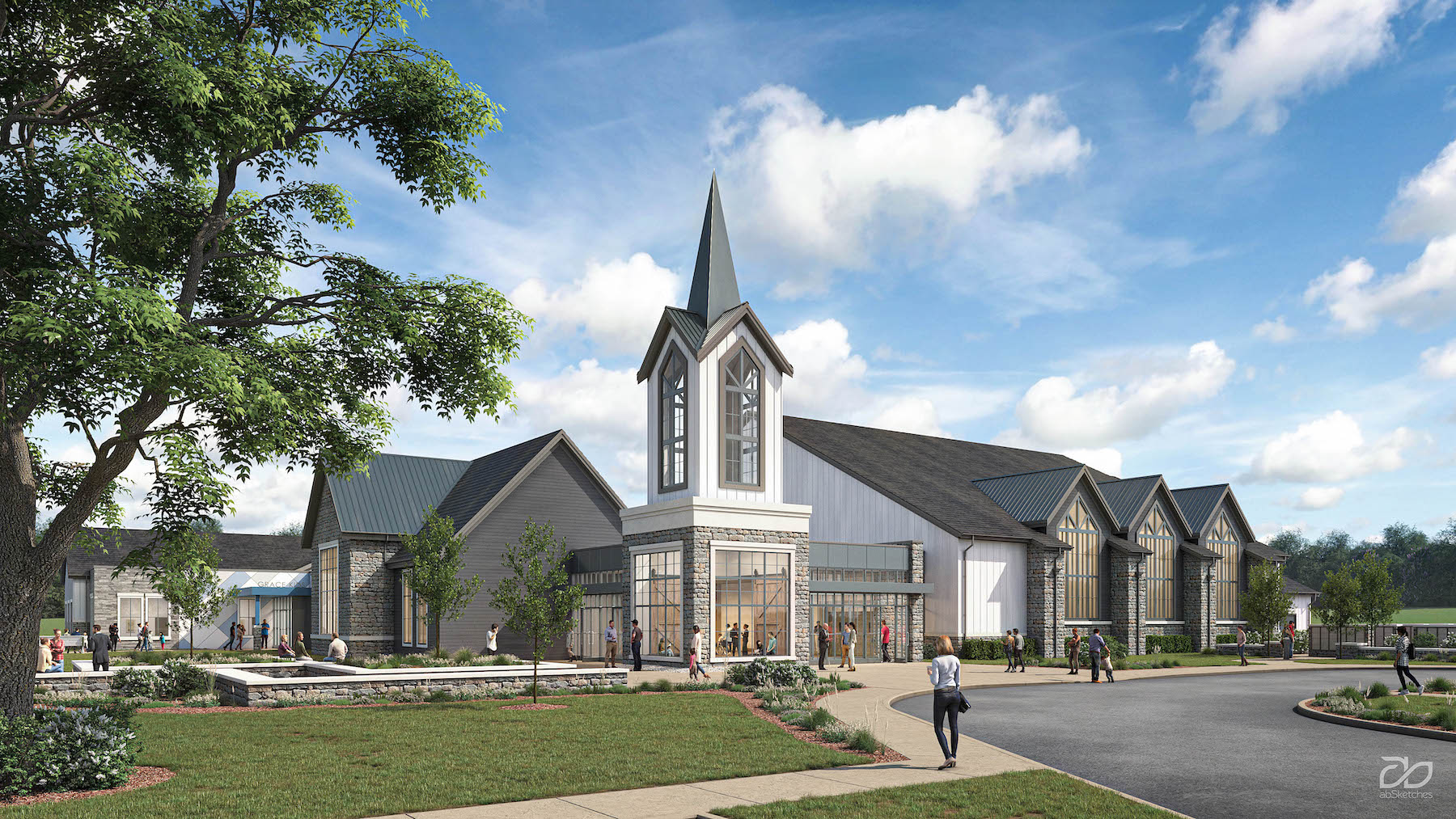
•In Pennsylvania, sitework was scheduled to start on November 22 for Grace Church Bethlehem’s $22 million, 35,000-sf worship facility that will feature a 650-seat Sanctuary equipped for both in-person and online worship, an atrium, café and multipurpose room, children and student spaces, administrative spaces, and a memorial garden. Serfass Construction, which has built dozens of churches throughout the Lehigh Valley, is the CM on this ground-up project, which was designed by Doylestown, Pa.-based Mann-Hughes Architects. This is the first church to be built in Bethlehem in over a decade. It should be completed by the first quarter of 2023.
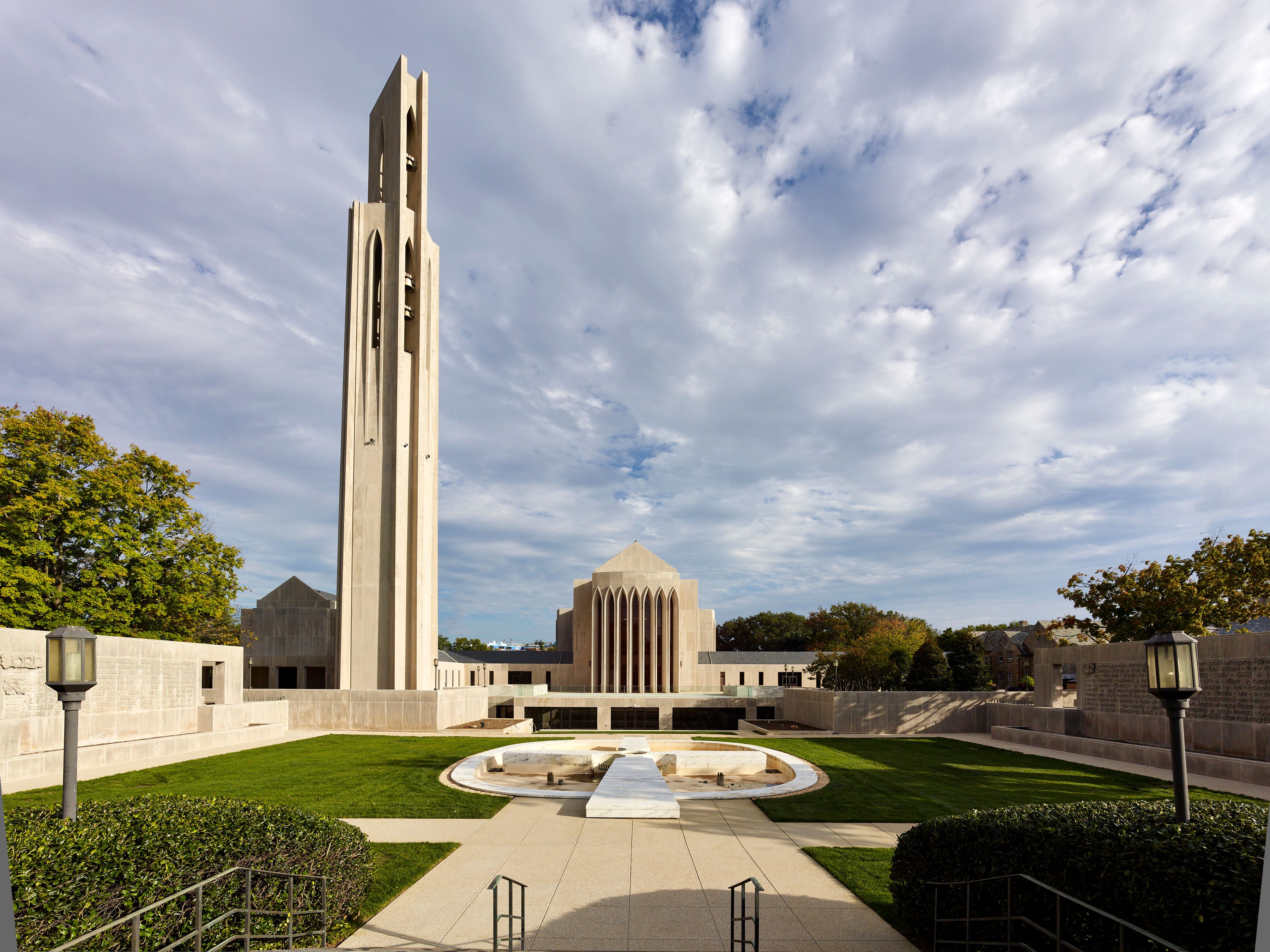
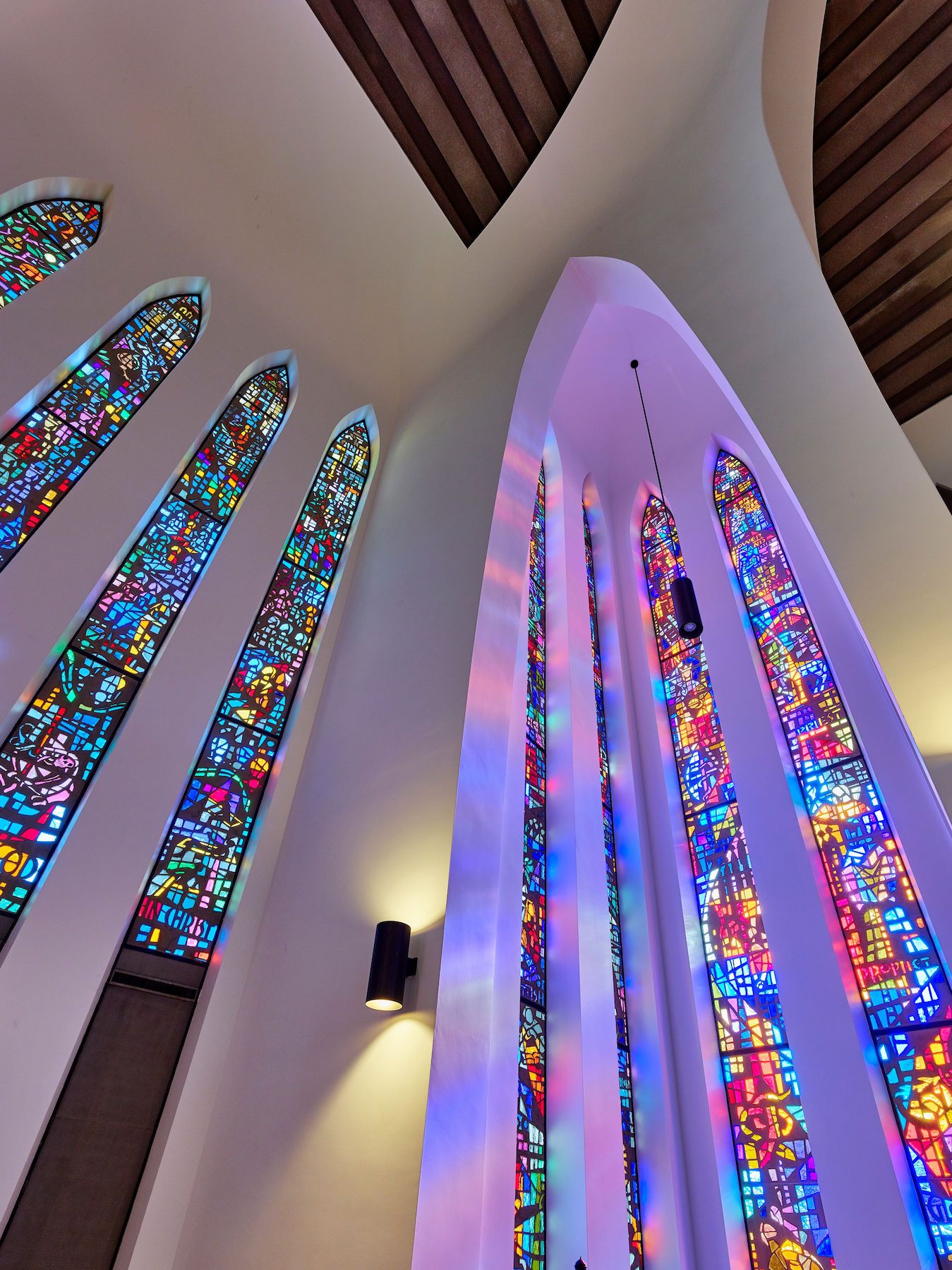
•The National Presbyterian Church, as a congregation, dates back to 1795, and its Modern Gothic National Presbyterian Church in Washington, D.C., was built in 1967. A project team led by Beyer Blinder Belle last month completed renovating 24,062 sf of the Main Church and expanding it by 6,627 sf with two additions. (BBB was selected as the architect for this alteration after the firm completed the church’s 2016 Master Plan.) The additions improve accessibility and provide new community spaces that introduce a new rear entry and two new elevators. The second, limestone-clad addition includes new classroom, meeting and outdoor gathering spaces with a terrace and gardens. A central stair now connects all three levels of the church, and addresses accessibility, traffic flow, and programming unification. The renovation also introduces flexible gathering spaces. The design rectifies deferred maintenance via terrace waterproofing, HVAC and boiler replace, security improvements, lighting, and technology infrastructure. New sustainable features include stormwater retention, new energy efficient mechanicals and lighting. The building and reno team included 120 Architectural Engineers (SE), James Posey Associates (MEP/FP), Wiles Mensch Corporation (CE), MCN Build (CM), Stroik Lighting Design (lighting), Jensen Hughes (Code/Life Safety), Michael Vergason Landscape Architects (LA), Miller, Beam and Paganelli (AV/Acoustics/IT), and Vertran Enterprises (vertical transportation).
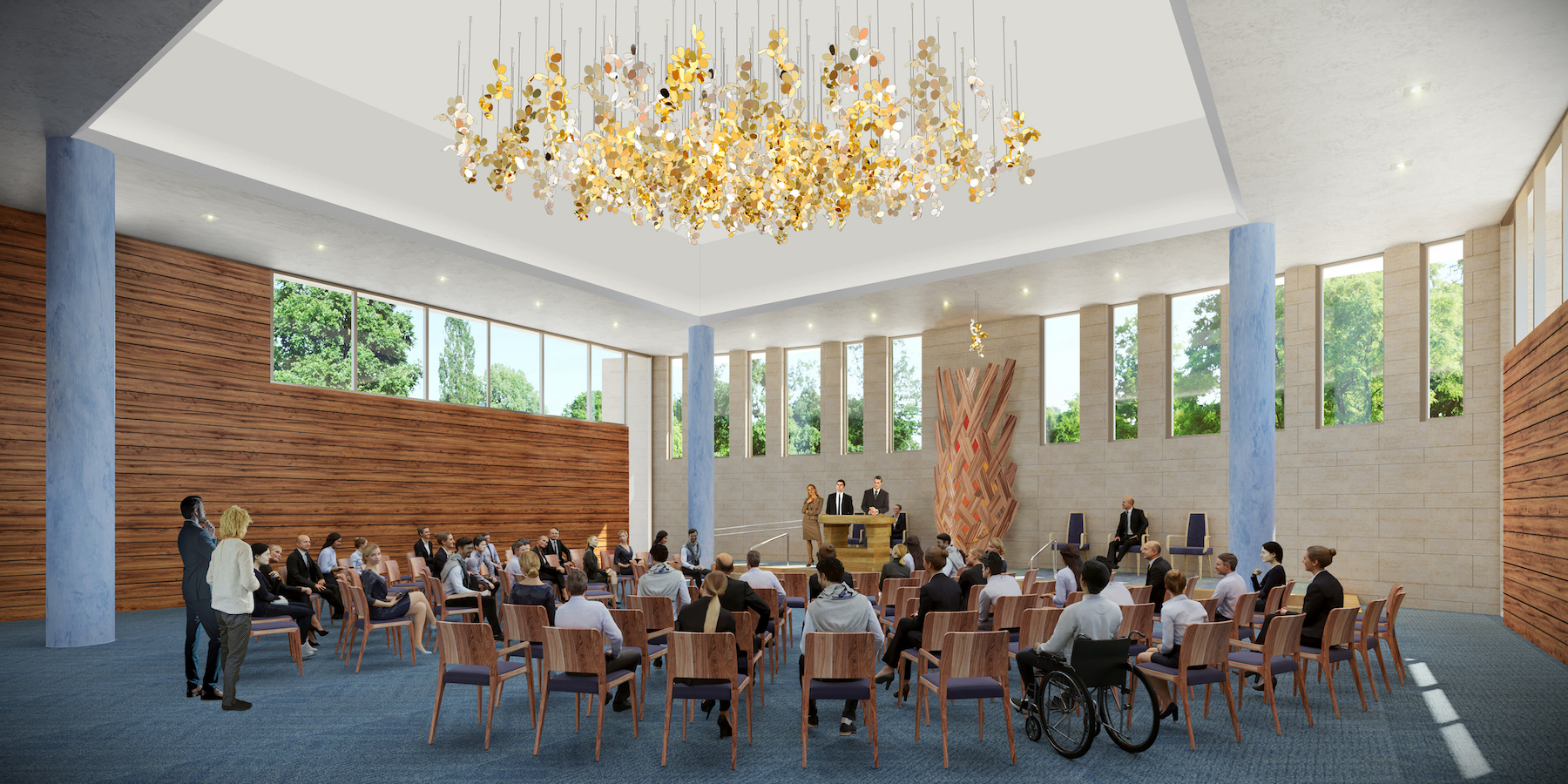
•Princeton, N.J.-based architecture and design firm Landau Zinder has three projects scheduled for completion by next January or February: Construction of Yakov & Hava Telyas Chabad Jewish Center, a new 15,000-sf synagogue and learning center on 10 acres in Clinton, N.J.; and renovations of Scarsdale (N.Y.) Synagogue Temples Tremont and Emanu-el and Sinai Temple, a synagogue in Champaign, Ill. For the Champaign and Scarsdale projects, Landau Zinder also consulted on venue security and helped it clients apply for grants from the Department of Homeland Security. At Sinai Temple, the renovation created flexible sanctuary space, with a primary “pod” that accommodates smaller gatherings for weekly services., and movable walls that allow the sanctuary to more than triple its capacity to 500 people. The temple’s suspended ceiling was designed to symbolize the two tablets of the Ten Commandments, and new window openings let in more light. The Scarsdale renovation included demolishing the entire south-facing wall to transform the sanctuary, and redesigning the building’s interior to present a more “timeless” look. The Yakov & Hava Telyas Chabad Jewish Center includes classrooms for pre-K, Hebrew school, and adult ed, as well as a sanctuary, meeting rooms, offices, a kosher kitchen, youth lounge, and library/media room. The site offers an outdoor learning space, playground, and parking for 70 cars. The building team for the New Jersey project include Integrated Green Technologies (GC) and Jarmel Kizel Architects & Engineers (SE, MEP). The team for the Scarsdale project include Cow Bay Contracting (GC), Desimone Consulting Engineers (SE), and Loring Consulting Engineers (MEP). The team for the Illinois project include Felmley-Dickerson (GC), C.E. Anderson & Associates (SE) and Henneman Engineering (MEP).
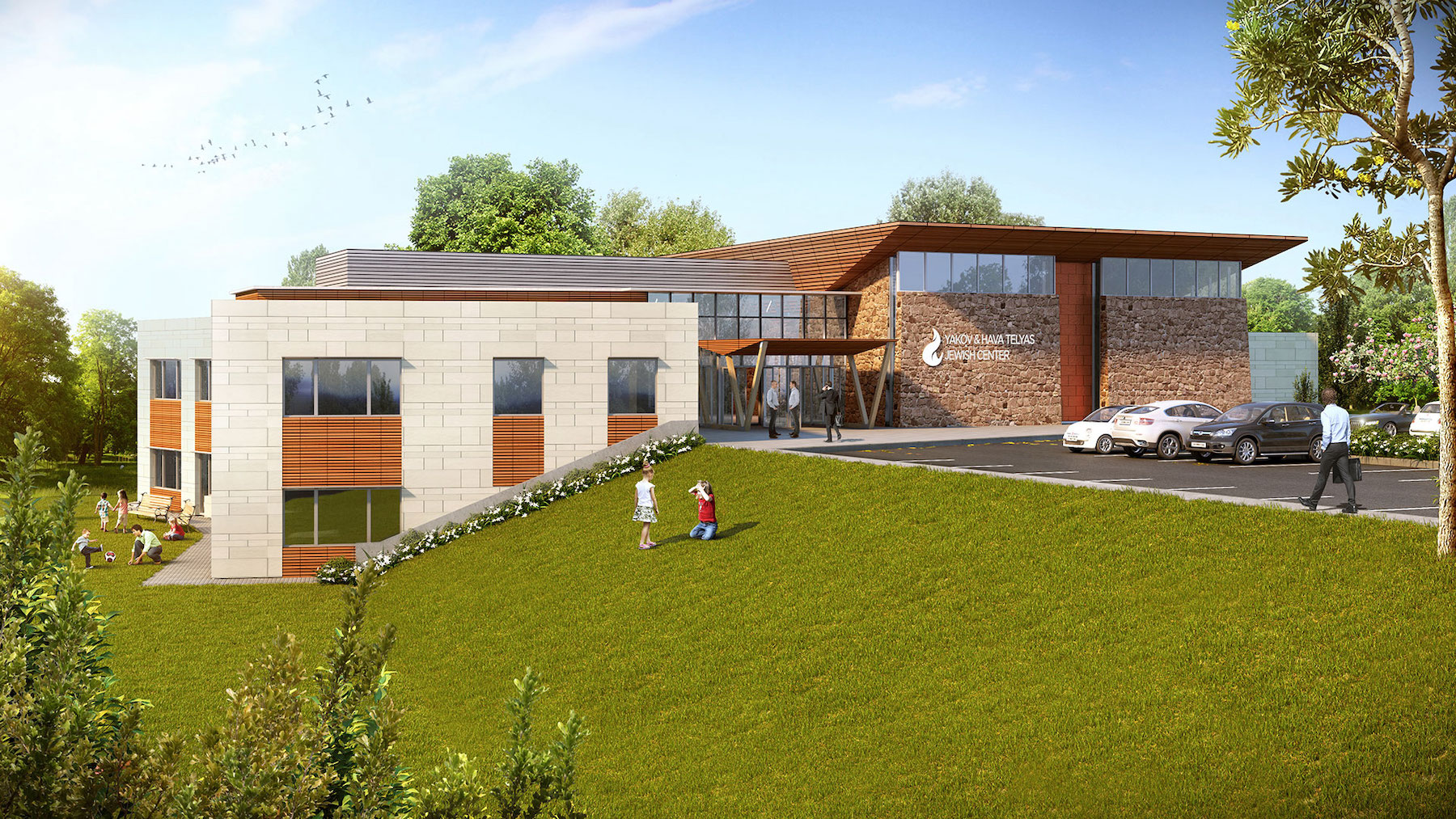
Related Stories
| Jun 17, 2014
Nation's largest Thai Buddhist temple opens near Boston
The $60 million facility built in honor of King Rama IX of Thailand is the largest Thai Buddhist temple outside of Thailand.
| Jun 12, 2014
Austrian university develops 'inflatable' concrete dome method
Constructing a concrete dome is a costly process, but this may change soon. A team from the Vienna University of Technology has developed a method that allows concrete domes to form with the use of air and steel cables instead of expensive, timber supporting structures.
| Jun 10, 2014
Gaudi’s famed cathedral on ice: Dutch students to construct 132-foot ice replica of Sagrada Familia
"Sagrada Familia in Ice" will be built with a mixture of wooden fibers and plain ice that is three times stronger than ice.
| May 29, 2014
7 cost-effective ways to make U.S. infrastructure more resilient
Moving critical elements to higher ground and designing for longer lifespans are just some of the ways cities and governments can make infrastructure more resilient to natural disasters and climate change, writes Richard Cavallaro, President of Skanska USA Civil.
| May 20, 2014
Kinetic Architecture: New book explores innovations in active façades
The book, co-authored by Arup's Russell Fortmeyer, illustrates the various ways architects, consultants, and engineers approach energy and comfort by manipulating air, water, and light through the layers of passive and active building envelope systems.
| May 19, 2014
What can architects learn from nature’s 3.8 billion years of experience?
In a new report, HOK and Biomimicry 3.8 partnered to study how lessons from the temperate broadleaf forest biome, which houses many of the world’s largest population centers, can inform the design of the built environment.
| May 13, 2014
19 industry groups team to promote resilient planning and building materials
The industry associations, with more than 700,000 members generating almost $1 trillion in GDP, have issued a joint statement on resilience, pushing design and building solutions for disaster mitigation.
| May 12, 2014
Lubbock, Texas, to build modern 'tent city' as shelter for homeless
On the five-acre site of a former cotton gin, the High Cotton program provides temporary shelter for Lubbock's homeless population. The facility needs to expand due to increased need, and new plans have been drawn up.
| May 11, 2014
Final call for entries: 2014 Giants 300 survey
BD+C's 2014 Giants 300 survey forms are due Wednesday, May 21. Survey results will be published in our July 2014 issue. The annual Giants 300 Report ranks the top AEC firms in commercial construction, by revenue.
| Apr 29, 2014
USGBC launches real-time green building data dashboard
The online data visualization resource highlights green building data for each state and Washington, D.C.



